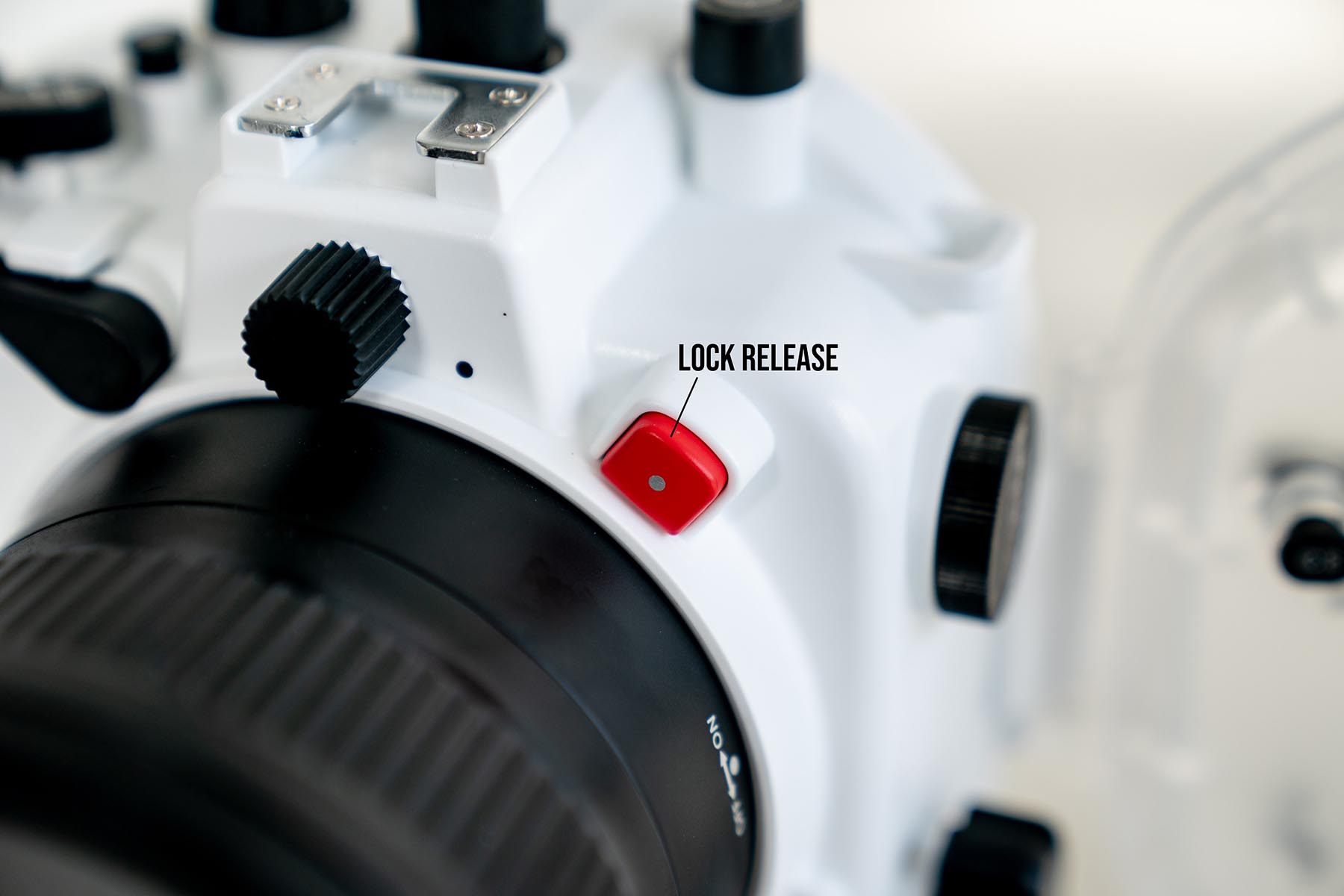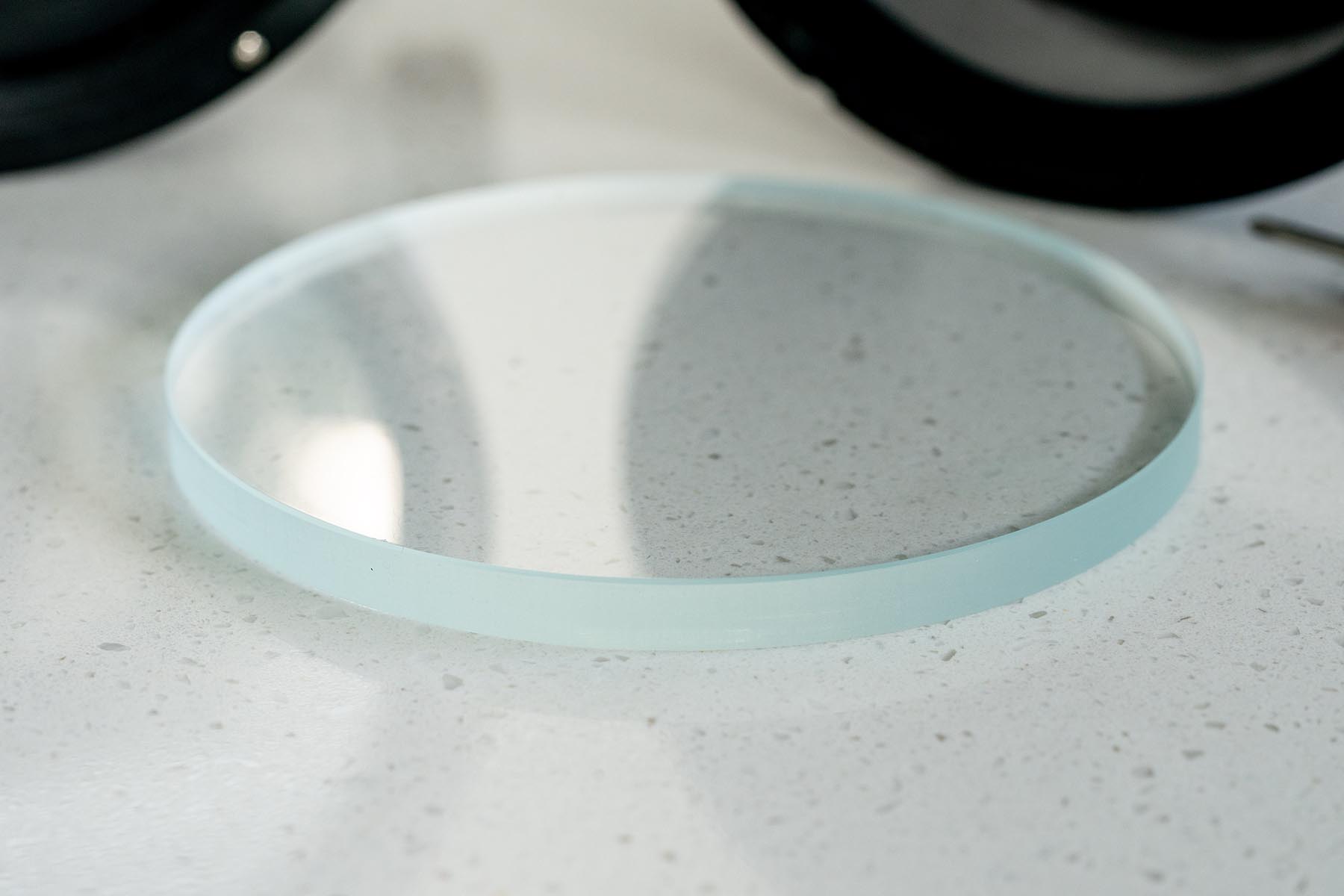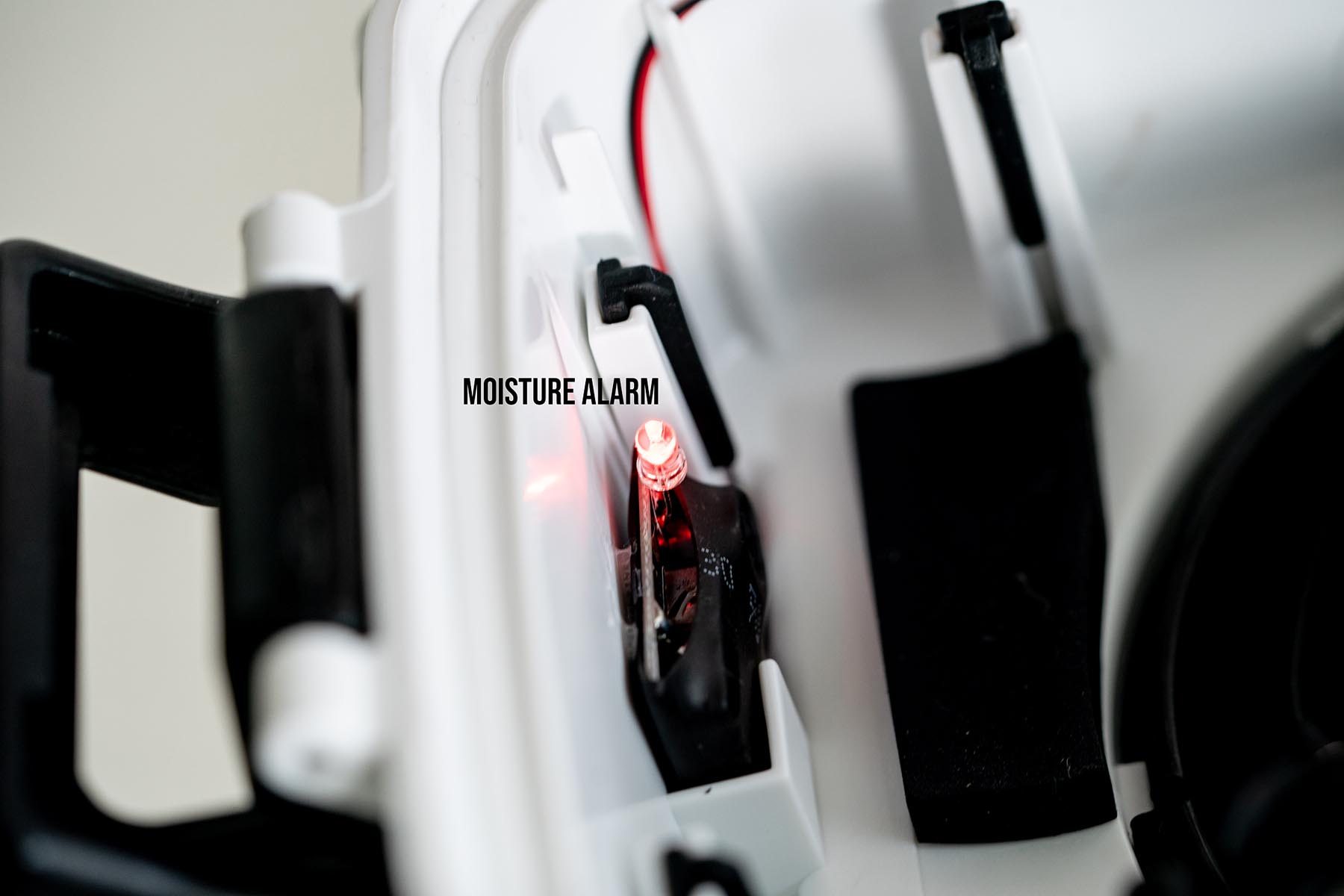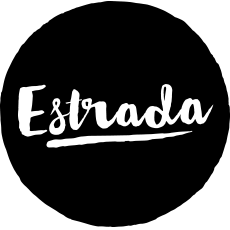SEA FROGS
A7III / A7RIII housing

I’ve been shooting surf & ocean images for over a decade. Over the years I’ve used many different surf housings, but since moving to Sony in 2014 I’ve purchased a bunch of Seafrogs Housing models (previously branded as Meikon). The company originally started out making dive housings, but have recently diversified into more surf photography focused housings. I used to shoot with surf housings from Aquatech and Salty but would always have a Seafrogs/Meikon housing as a backup or travel housing. But as the Seafrogs housings have advanced and added features like removable ports, an eye-cup and 2-stage pistol trigger, I’m now only using the Seafrogs Housings for all my surf and ocean images.
I’ve been using this Seafrogs A7III / A7RIII housing for a couple of months and have had a lot of people asking about my experience so I’ve written this review, which is strictly from a surf photographers perspective.
If you’d like to purchase a Seafrogs Housing from seafrogs.com.hk use the discount code “estradasurfing” when you check out and you’ll get a 5% discount.

One of my favourite images I’ve created with the Seafrogs A7RIII / A7III housing.

From what I can tell there is no difference between the Seafrogs A7RIII and A7III housings. The bodies of the A7RIII and A7III are identical and both models work perfectly in my Seafrogs A7RIII housing. I originally thought my A9 would be able to fit too, but as the A9 has the extra top left dial, it doesn’t quite fit in. There is a specific A9 Seafrogs Housing. It probably wouldn’t be difficult to mod this housing to accomodate the A9.
There is actually 2 different versions of the A7RIII and A7III housings on the Seafrogs website. The first ones that came out didn’t have the option of adding the pistol grip. It could definitely be a bit confusing, the original model has no screw plug on the bottom to remove and add the pistol. Other than that they seem identical. So if you want to add the pistol grip make sure you aren’t buying the older model housing. It seems like the A9 model is only available without the pistol attachment. Currently it looks like the black housings are the older models and the white housings are the newer models.


Locking Interchangeable Ports

The Seafrogs A7III / A7RIII housing has a locking interchangeable port system.

There is a lock release on the front of the housing which you push as you would to release the lens on your camera. The other brand surf housings I’ve used in the past haven’t had a lock like this, you’d just screw it in until you felt it was tight enough. I prefer this lock system as once it clicks in you know that’s where it needs to be. When it’s twist only I would always tend to screw the port in far too tight just to be sure and then often it was difficult to remove.

With the lock on, there’s no way you can accidentally loosen the port.

I got a few different ports with mine. The regular port fits my Sony 55mm f/1.8 easily. There is actually quite a bit of extra room in there.
Other Sony primes you can use in this port are the 24mm f/1.4, 50mm f/1.8 and 50mm f/2.8 macro.
There is a zoom control collar you can use for the Sony 28-70mm f/3.5-5.6 which is epic as you’d be able to use the full focal range of that lens. You’d also be able to fit the 16-35mm and 24-70mm f/4 inside this port, but you’d have no zoom control so you’d just need to set the focal length you want before placing it in the housing.

Sony A7RIII + Sony 55mm f/1.8 using regular port

The long port fits the Sony 90mm f/2.8 Macro lens. It comes with a manual focus collar so you can control your focus manually in the housing. This is my preferred prime focal length for shooting in the water and having the ability to shoot Marco is also a bonus, although I’d never use manual focus for shooting surf. I thought I may be able to fit my Sony 85mm f/1.4 lens in this port, but it is just millimetre too fat to get passed the join half way up the port.

Sony A7RIII + Sony 90mm f/2.8 macro using long port

The 6″ Dome port fits the Sony 12-24mm f/4.0 lens. Generally for surf I’d only use the dome port when shooting ultra-wide or fisheye. There is no zoom control with the 12-24mm f/4.0 lens but I just set it to 12mm before I put it in the housing.
You could fit a lot of other lenses in the 6″ dome as there’s plenty of room, but for anything over around 30mm I’d be more inclined to use a flat port.
Sony primes that would work well would be the 24mm f/1.4 and the 28mm f/2.0. Sony also make a fisheye converter that you can use with the 28mm f/2.0 which transforms it into a 16mm fisheye lens. I haven’t tried this combo out and usually fisheye converters are terrible, but apparently it works really well and I’ve seen guys get some great results using the converter.
Another good option to check out if you want to shoot fisheye would be to look at the Samyang range. Most of their lenses are manual focus, but when shooting fisheye I always set the focus to manual anyway and just shoot a higher aperture so everything is in focus and the Samyang optics are great.
If you had a zoom lens you could set it at the bottom end of the zoom focal range and use it in the 6″ dome port. The 16-35mm f/2.8, 16-35mm f/4.0, 24-70mm f/2.8, 24-70mm f/4.0, 28-70mm f/3.5-5.6 lens will all fit in the port but will have no zoom control.
There is a hood that comes with the 6″ dome port but you wouldn’t want to use that for surfing as it’ll catch on the waves and rip your arm off.

Sony A7RIII + Sony 12-24mm f/4 using 6″ dome port
Camera controls
The thing I really like about the Seafrogs housings over other brand surf housing I’ve tried is the camera controls. Most other brands have pretty limited controls but the Seafrogs housings have controls for the majority of the camera dials and buttons.
One control I believe is essential but a lot of other brand housings don’t have is for the on/off switch. I love how the Seafrogs housing has this control, so I can set my housing up ready to go the night before and then turn it on at dawn when it’s already in the housing. Or if you’re out swimming on a long shoot you can turn the camera off between sets to conserve battery.
Generally surf housing controls can be a bit clunky but the Seafrogs camera controls work seamlessly. I love swimming out pre-sunrise and shooting slow shutter, then low aperture then switching back again and I’ve found the Seafrogs housings to be by far the easiest to change camera settings with quickly and reliably. Everything just lines up perfectly and works smoothly.
You can access anything you want in your menu which is amazing. Being able to do things like switch to back button focus in the water is epic. Or often I might forget I’ve set my camera up a little wacky for a previous shoot, so being able to correct that in the water is great.
The only controls that it doesn’t have are for the focus joystick and front dial. A focus joystick would definitely be a bonus, but what I do is set my movable spot low in the middle of the frame if I want to shoot pulled back and have my wave toward the bottom, then if I want to have the focal point in the middle I just use the menu to change to centre point focus. It’s a simple work around and means I can shoot how I want, but I’d love for Seafrogs to include a focus joystick control on future models. I haven’t actually seen any other brand housings that have a focus joystick control, so maybe it’s impossible? Having no front dial control doesn’t bother me as there’s 2 other dials with controls that you can setup for aperture and shutter speed.

Closure System

The simplicity of the Seafrogs closure system is amazing. There is just a hinge on one side and a latch on the other. My previous housing had 6 wingnuts to fasten which I personally found super annoying. I’d be forever fumbling with numb hands, dropping wingnuts in the sand. Also the thought of copping a wing nut to the head is pretty frightening! The Seafrogs housing takes less than 10 seconds to setup. It also has 2 o-rings where most other housings only have 1, so the closure system is extremely water tight. I guess the only risk with this system would be if somehow your housing warped then the hinge/latch system may not work so well. But I can’t imagine what it would take to warp the housing, and I’ve never had an issue, the seals just work.

The latch has a little release clip you have to pull up before you can undo the latch, so there’s no chance of it accidentally popping open.
Glass Front Element
One thing that really surprised me is that the Seafrogs flat ports have glass front elements. Most housings come with acrylic port elements but I far prefer glass. I used to get my ports from other brands and knock out the acrylic element then get custom made glass to replace them. The reason I prefer glass is it’s a smoother surface and far less likely to scratch so I find the water drains off a lot faster than acrylic. Also I feel like glass is more likely to be optically correct even though you’d probably never notice the difference.
The glass element is nice and chunky, around 7mm thick so I doubt you’d be able to break it if you tried.

To remove the front element you just have to undo these 10 little screws. Can be quite handy as cleaning the glass on the inside of the port is quite difficult.

Moisture Sensor
A really unique feature that I haven’t seen before from any other surf housing manufacturer is the moisture sensor. It’s in the bottom of the housing so if a small amount of water got into your housing then the sensor would go off. I’ve had other brand housings leak before and didn’t notice until my camera started freaking out. One camera ended up being a write-off and if I had a moisture alarm I would have noticed straight away and gone in before too much water got in.

When moisture touches the sensor it beeps and a red light flashes. You can test this by touching the sensor with your finger.
If you are planning on shooting a lot in the water with any brand housing you really need to be prepared that sooner or later your camera is possibly going to get wet. It might be from user error (like not tightening a seal properly), housing failure (as simple as a c-clip breaking) or just bad luck. Make sure you have insurance for your gear and also check to be sure that your policy covers swimming with your camera, ask the question, don’t just assume.
Shutter Triggers

The Seafrogs A7RIII housing has a analog shutter lever, which pushes down on your cameras shutter. It works well and half pressing focuses nicely. If you like you can disable the focus from your trigger and assign focus to one of your back buttons so the shutter button only fires the shutter and doesn’t affect the focus. Some photographers swear by back button focus, but I find it a bit awkward so I generally have the focus and shutter assigned to the same button. Neither way is wrong or right, try them both and see what works best for you.

The A7RIII / A7III housing has an optional pistol trigger available. It’s fairly easy to attach, you just remove the big platic screw in plug from the bottom of the housing and attach the pistol grip with 4 hex screws.

The pistol grip is made out of plastic and feels a bit light weight. I’m confident that it will be fine for the sort of waves I swim in, but if you were a Clark Little type of guy who is constantly getting pounded in giant Hawaiian shorebreaks then it might not be the ideal setup for you. I’m guessing you’re not Clark Little though, but if you are “Hi Clark!” For the other 99% of regular surf shooter out there like myself, I’d imagine it will handle the sort of beatings we take. If I’m going to travel with this housing I will definitely be removing the pistol grip before I pack the housing in my bag. I’d imagine if the housing took a heavy impact (baggage handlers aren’t the gentlest humans) the pistol grip or where it attaches to the housing would be the most likely part of the housing to take some damage.
The pistol grip is only an extra $100US which is amazing value for a 2-stage trigger, most other surf housing brands charge around $300-$400US for their pistol grips. It would be epic if Seafrogs also offered a carbon fibre pistol grip at a higher price as a more heavy duty option for those who might need it.

The pistol grip has a cable that connects into your camera remote socket. This is a 2-Stage pistol grip, which means you can push the pistol trigger button half down to focus and full down to fire a shot. I used to only ever use a pistol grip for shooting fisheye but I prefer the security and feel of holding the pistol and the responsiveness of the 2-stage trigger so now I use the pistol even when shooting longer lenses.
Eye Cup
I’d never shoot surfing by using the rear screen as it would be too glarey to see properly and also by using the eye cup you have a third point of contact on your housing so it’s helpful to keep your camera still. The eye cup is a little smaller than I’d prefer, so can be a touch dark, but works well enough.
Vacumn Pump

The Seafrogs A7RIII / A7III housing has this Vacuum Pump valve. You can purchase a vacuum pump that you use to suck the air out of your housing and test it’s waterproofness before submerging. I feel like this is more of a dive feature as dive photographers would be going to a lot deeper pressures than I do for shooting on the surface, but being able to test your housing is water tight before hitting the waves could definitely be a bonus.
70-200mm f/4.0 hack

My favourite lens for shooting surfing is the Sony 70-200mm f/4.0. On a full frame camera like the A7RIII it’s an amazing focal range, great for a bit of extra compression in your images and for isolating out the wave as your subject. Unfortunately Seafrogs don’t currently make a port for the 70-200mm. I looked into making one myself and it was going to be way beyond me. Then I approached a few skilled people to make me one and had no luck either. But when Seafrogs sent me my A7RIII housing they included a extension port. So I added that to the long port and it easily fitted my Sony 70-200mm f/4.0.

Now I could get my 70-200mm in the water the next challenge was to try and get it to zoom. The long port came with a manual focus gear for the 90mm f/2.8 macro so I thought maybe I could somehow modify that. I slipped it on the 70-200mm (from the mount end when it was unmounted) and it seemed to line up with the zoom on my lens. It felt like it might slip a bit so I imagined I might need to mod the zoom with some foam or tape, but thought I’d give it a go first.
To my absolute amazement everything lined up perfectly and the zoom control worked smoothly for the 70-200mm f/4.0.

This is how the zoom control sits in the housing.

There is a lever which you turn on the outside of the housing that locks the zoom gear in place.

There’s a cog on the outside of the housing that you rotate to zoom the lens.

Inside it turns a couple of gears and turns the zoom control collar, zooming your lens.

This is now my go to setup for shooting with the A7RIII + 70-200mm f/4.0. If you want to make your own you’ll just need to get hold of the extension port, it doesn’t seem to be available on the Seafrogs website, so you might need to fire them a message.
If you want to try putting together you own 70-200mm port just remember you are doing so at your own risk. I can’t guarantee that everything will work for you and if anything did go wrong then the manufacturer is not going to cover this under warranty. I personally love tinkering with gear and making my own bits and pieces, but I understand the risks involved. I’m just sharing here what worked for me. I can’t accept any responsibility if you try the same, and neither will Seafrogs.

A7RIII + 70-200mm f/4.0 with my frankenstein port.
Other Mods

The Seafrogs A7RIII / A7III housing has a cable at the top where you can connect some optional strobes.

This is more of a diving accessory and I found having an unnecessary cable dangling down a bit annoying so I snipped it off. I’ll never shoot with strobes so it’s not something I will miss.

That felt good!
Summary

People are surprised that I’ve been using the Seafrogs A7RIII / A7III housing. Mostly because it’s quite a lot cheaper than other surf housings on the market so they presume it must be an inferior product. But I’ve found the opposite to be true, this housing actually has features I prefer to any other housing I’ve tried. Mostly for me it the huge amount of camera controls available and how smoothly they work. This allows me to be more creative technically and because of that fact I enjoy shooting more.

POSITIVES
– Amazing camera controls
– On/Off control
– Decent range of ports available
– Port locking system
– Glass front elements
– Very easy access with hinge / latch system
– Dual O-ring seal
– Really well priced
– Ability to also use for diving
– Moisture sensor
– 2-stage pistol trigger
NEGATIVES
– Pistol trigger feels a bit flimsy
– No 70-200mm port (but it is possible to create your own) Edit: Seafrogs to release 70-200mm port soon.
– Eye cup is a touch small
– No focus Joystick (although no-one else actually has this feature either) Edit: I’ve since come up with an easy work around watch on youtube
Although this may not be a perfect housing, I am yet to come across a housing from any manufacturer that ticks all the boxes, so in reality the perfect housing probably doesn’t actually exist. This is a fantastic debut into the surf housing market for Seafrogs and I believe this is the best value A7RIII / A7III housing available.
If you have any questions about the Seafrogs A7RIII / A7III housing leave a comment below.
If you’d like to purchase any Seafrogs Housing from seafrogs.com.hk use the code “estradasurfing” when you check out and you’ll get a 5% discount.
I’ve recently added an updated rundown about the Seafrogs Housings which you can check out below.




Leave a Reply